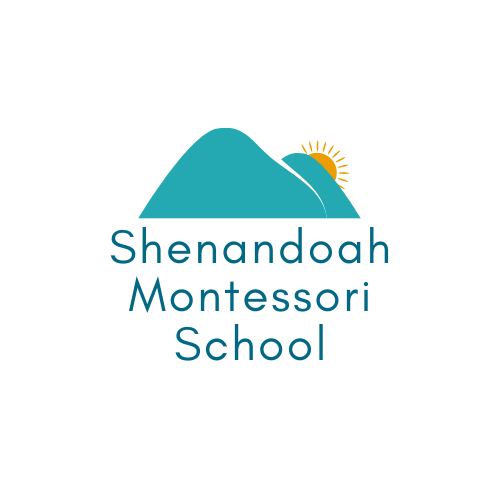About Montessori
How We TeachThe Montessori Method is a child-centered education model that promotes independent learning, critical thinking, and creative problem-solving.




Follow the child
Our Guiding Philosophy
Dr. Maria Montessori developed her teaching methods and based her research on years of observation of the young children in her care. A physician by training, Dr. Montessori had a scientific mind and approached her work in a precise and detailed manner.
Through observation and practice, she came to note that children learn best when they are allowed to learn at their own pace. Her instruction, “Follow the child,” is the guiding principle of Montessori philosophy. We follow the child’s cues, observe their behavior, and guide them to the lessons that help them progress.
Four Goals of the Montessori Method
Concentration
Learning happens when we concentrate. When a child is in an environment that values concentration, they are able to focus on details. The Montessori classroom is a hive of activity, but you won’t find the chaos typically associated with early childhood classrooms. A calm, peaceful environment makes it easier for the children to concentrate and learn.
Coordination
Young children are always working on their gross and fine motor skills. The Montessori classroom is set up to allow for lots of movement opportunities and fine motor development is built into many of the lessons and activities available on the shelves.
Independence
In as many ways as she is able, the Montessori teacher strives to create opportunities for the children to do for themselves. From choosing their own activities, to cleaning up spills on the floor, our aim is to encourage children to think for themselves and learn from their mistakes in a positive way.
Order
Children thrive in an orderly environment and the Montessori classroom is a place of precision and order. When a child learns a new skill in a carefully thought out and intentional manner, they retain information better. An orderly classroom values structure and routine. You’ll find both at the heart of everything we do.
Five Things to Look for in an Authentic Montessori Program

1. Trained Montessori Teachers
A properly credentialed Montessori teacher understands the importance of enabling children to develop naturally. The teacher observes children within a specific age range and introduces them to challenging and developmentally appropriate lessons and materials based on observations of each child’s unique interests, abilities, and social, emotional, cognitive, and physical development.
2. A Multi-Age Classroom
In Montessori schools, multi-age groupings enable younger children to learn from older children and experience new challenges through observation. Older children reinforce their own learning by teaching concepts they have already mastered, while developing leadership skills and serving as role models. Because each student’s work is individual, children progress at their own pace; there is cooperation rather than competition between the ages. This arrangement mirrors the real world, in which individuals work and socialize with people of all ages and dispositions.
3. The Children are Using Montessori Materials
A hallmark of Montessori education is the hands-on approach to learning and the use of specially designed learning materials. Beautifully and precisely crafted, Montessori’s distinctive learning materials each teach a single skill or concept. The materials follow a logical, developmentally appropriate progression that allows the child to develop an abstract understanding of a concept.
4. Child-Directed Work
Montessori education supports children in choosing meaningful and challenging work that captures their interest, leading to engagement, intrinsic motivation, sustained attention, and a sense of responsibility to oneself and others. This child-directed work is supported by the design and flow of the Montessori classroom, which is created to ignite each child’s curiosity and to provide the opportunity to work in calm, uncluttered spaces either individually or with peers.
5. Uninterrupted Work Period
In Montessori classrooms, an extended period of “free choice” time called the “uninterrupted work period” recognizes and respects individual variations in the learning process. During the work period, students have time to select and work through various tasks and responsibilities at their own pace, without interruption.
Book a Tour
Curious about Montessori? Looking for a childcare option that is educational, warm, and inviting? Come visit us and see if Shenandoah Montessori School is the right fit for your child.
